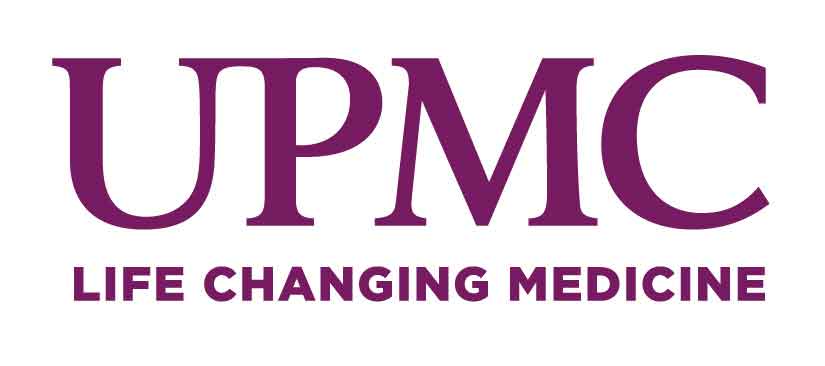Choosing Physical Therapy or Chiropractic Care First Leads to Shorter, Less Costly Acute Low Back Pain Episodes
Patients who first seek physical therapy or chiropractic care have better outcomes and shorter episodes of acute care for low back pain, according to new research from the University of Pittsburgh and published today in the journal Physical Therapy.
The findings show that, for patients with acute episodes of low back pain, the first point of entry to the health care system is associated with utilization and total cost of care in the following year. Clinical practice guidelines prioritize nonpharmacologic and nonsurgical treatments, though adherence to these guidelines has been lacking across the United States. Patients are often prescribed opioid pain medications or referred to specialists for procedures — including surgery, imaging or steroid injections — that do not address the root causes of their pain.
“Back and neck pain now account for the largest portion of health care spending in the U.S., followed closely by other musculoskeletal conditions,” said lead author Christopher Bise, Ph.D., UPMC physical therapist and assistant professor at Pitt’s School of Health and Rehabilitation Sciences. “Much of that spending does little to contribute to overall patient wellness.”
By combing through nearly 30,000 patient records, primarily from Pennsylvania and collected between 2015 and 2018, Bise and his team found significant differences in health care utilization depending on where patients initially sought care for acute back pain relief.
People who first sought specialty care (rheumatology, physiatry or pain management) were in pain for nearly twice as long as those who first went to the emergency department, chiropractic care or physical therapy. However, when comparing total costs, those who first sought care through the ED or surgery paid nearly twice as much as those who entered through chiropractic care or physical therapy.
Patients seeking care through the ED were also more likely to have high-cost imaging and injections. Additionally, more than half of ED patients filled prescriptions for opioid pain medications, compared to just 11% for people who sought chiropractic care and physical therapy first.
According to the National Institutes of Health, opioid prescriptions for low back pain have historically been a significant driver of the opioid epidemic.
“Opioids and injections are, at best, Band-Aids for acute episodes of low back pain,” Bise said. “We need to flip the model on its head, prioritizing holistic wellness instead of simply treating the pain.”
Recognizing that there was a need for a more collaborative form of care, UPMC launched the Program for Spine Health in 2019. In addition to seeing physicians and physical therapists, patients treated in the program have access to a health coach, dietician and pain psychologist. Patients with the most complex conditions and comorbidities are treated without surgical intervention, injections or opioids.
“Often, patients with low back pain end up spinning in the system, going from one specialist to another,” said Christopher Standaert, M.D., who directs the Program for Spine Health and who was not involved in the study. “Their care costs a tremendous amount of money, but they’re not getting any better.”
These research findings suggest that new models of spine care could benefit many suffering from low back pain.
“How do we get patients to the provider who can end the episode more quickly?” Bise asked. “Why aren’t physical therapists the primary musculoskeletal provider? Why aren’t we embedded in emergency departments? There are scattered models, but it hasn’t taken hold widely.”
Additional researchers on the study are Michael Schneider, Ph.D., Janet Freburger, Ph.D., G. Kelley Fitzgerald, Ph.D., Anthony Delitto, Ph.D., Galen Switzer, Ph.D., and Pamela Peele, Ph.D., all of Pitt; and Garry Smyda, B.S., of the Department of Health Economics at UPMC Health Plan.

